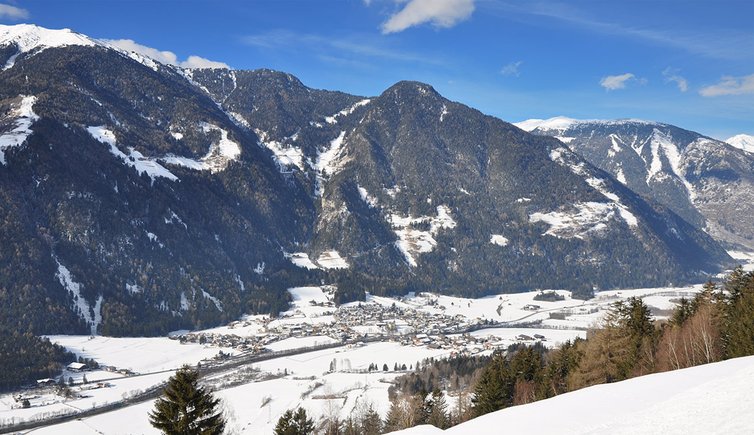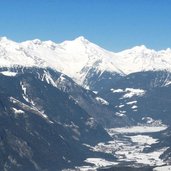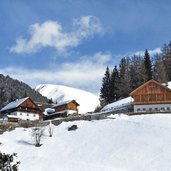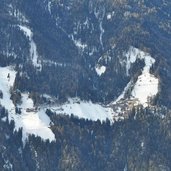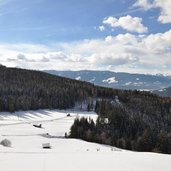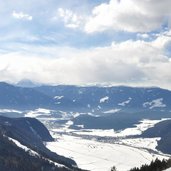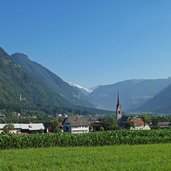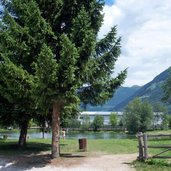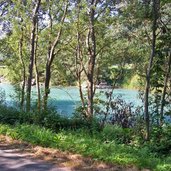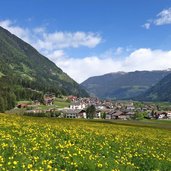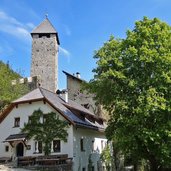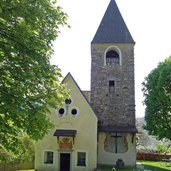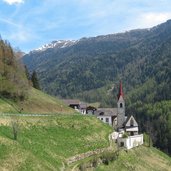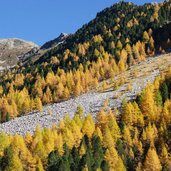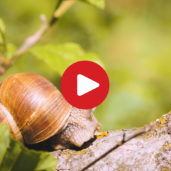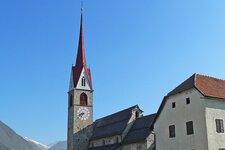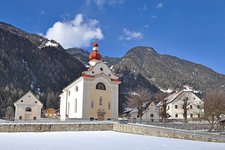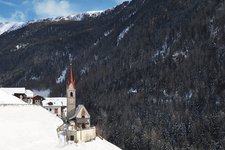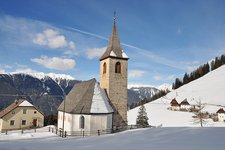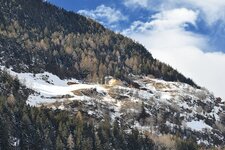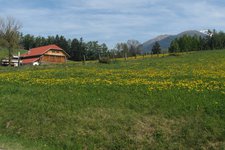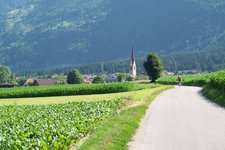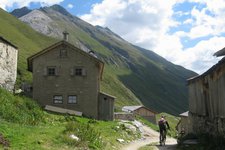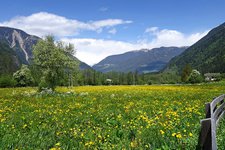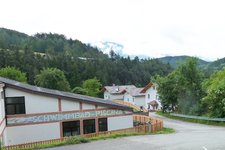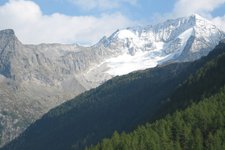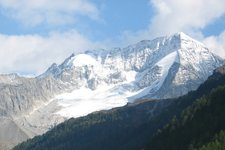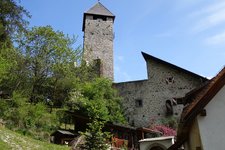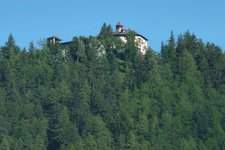Gais is situated at the entrance to the valle di Tures near Brunico and the Plan de Corones
The municipality of Gais at the entrance to the valle di Tures includes the eponymous administrative centre and the hamlets of Villa Ottone, Riomolino and Montassilone. The municipal area extends from an altitude of 819 m a.s.l. to 3,171 m a.s.l. The name of the municipality at the foot of the Bärental debris cone derives from an Indogerman language and means alluvial cone. In this area you can undertake stunning hikes in the surrounding forests.
Thanks to its position in the Vedrette di Ries - Aurina nature park, Gais is an ideal starting point for excursions to the Cima del Vento (3,045 m a.s.l.) and to other nearby peaks. Cyclists can cover the valle di Tures cycle path which crosses the village before heading towards Campo Tures. The natural lake of Gais is a well-known destination especially in summer when numerous hikers, locals and tourists relax on its shores or enjoy refreshing swims in the lake. The castles of Chela and Casanova look back on a century-long history. Castel Chela was in fact an important cultural centre where the "Kehlburger Maifestspiele" took place. This event dedicated to poetry was brought to life by Hermann von Gilm, one of the most famous poets of this time. The Castello di Casanova is often associated with Oswald von Wolkenstein, one of the most popular minnesänger.
The village is the birthplace of Christof Innerhofer, one of the greatest Italian skiers of all times and Ivo Muser, the bishop of the diocese of Bolzano - Bressanone.
